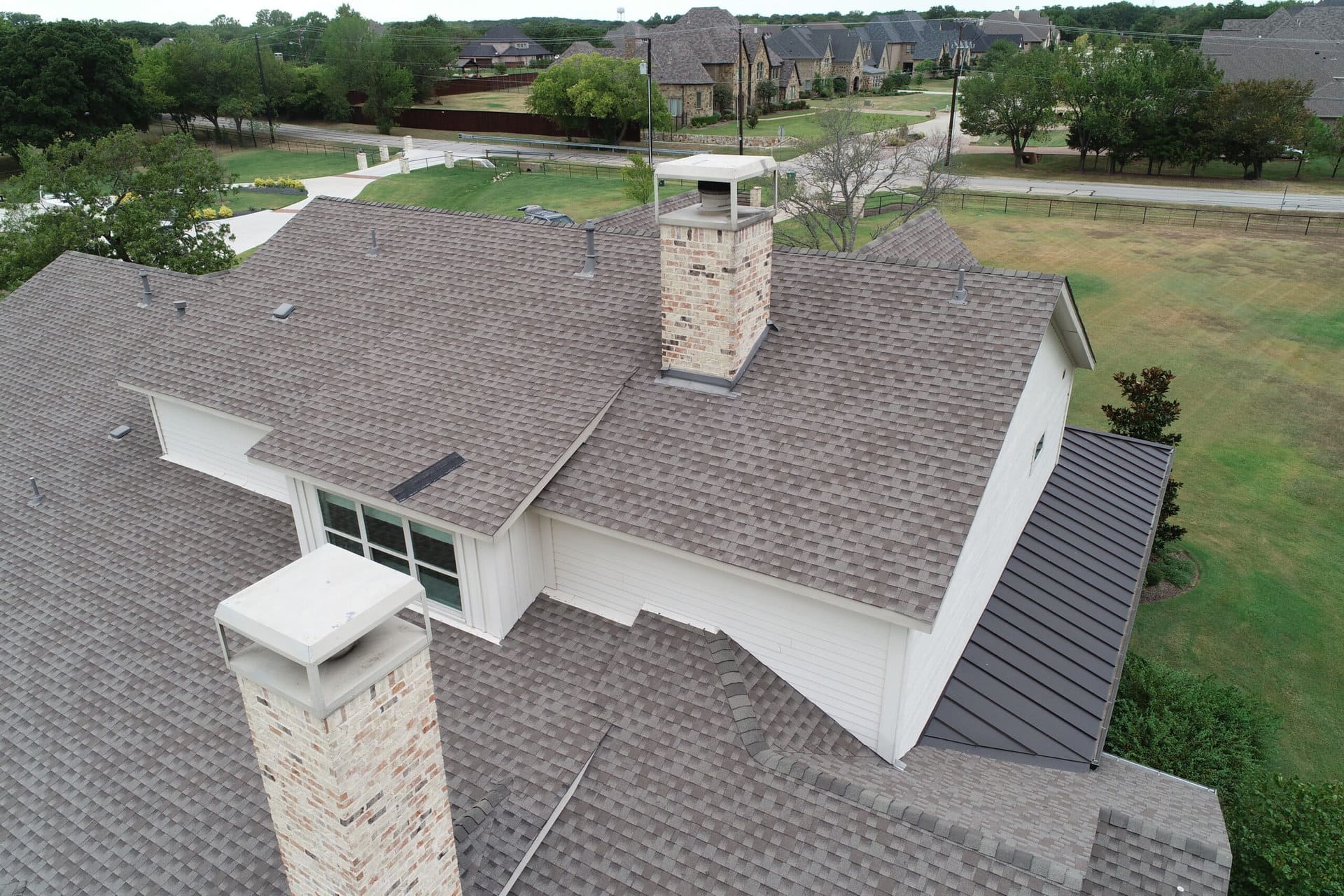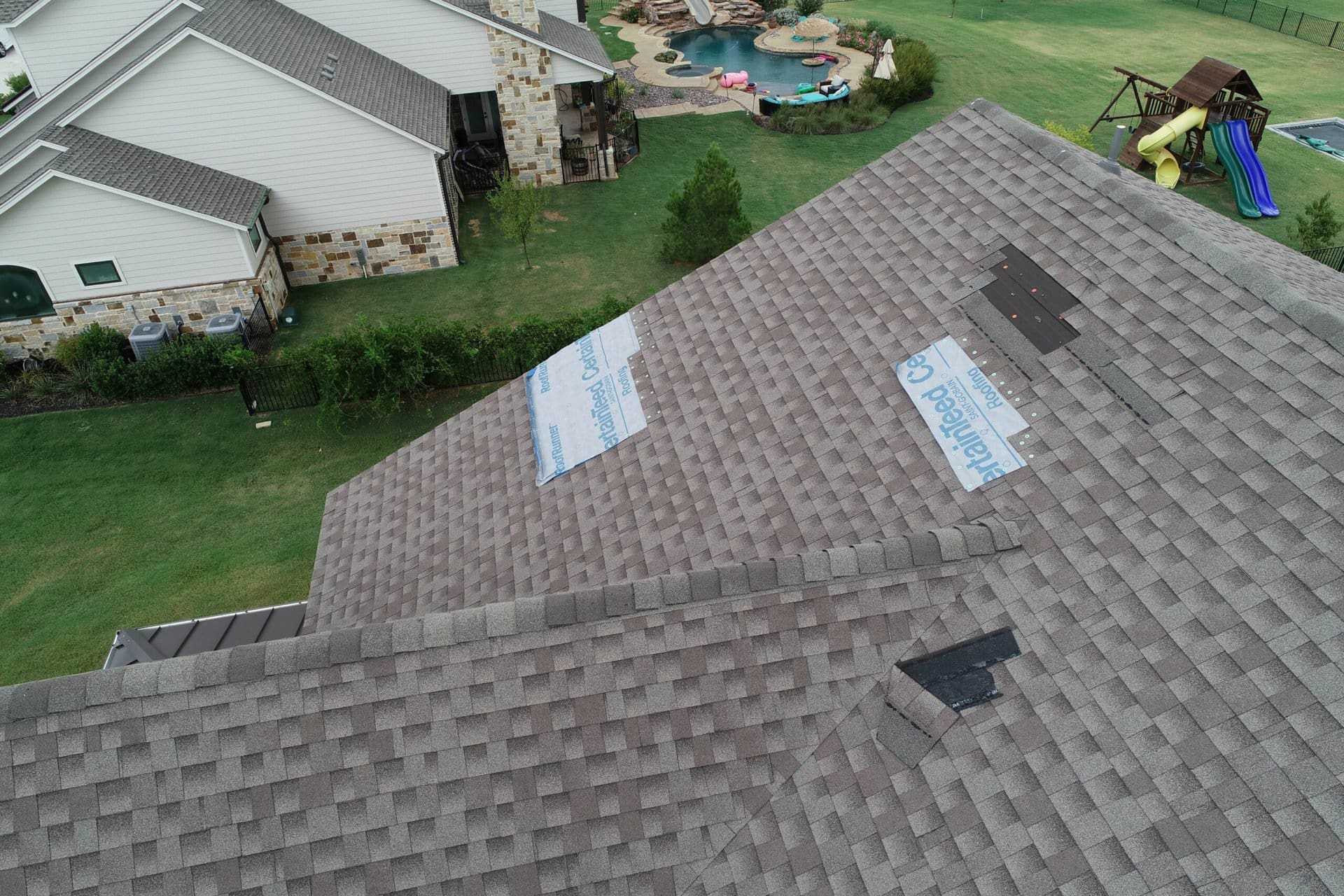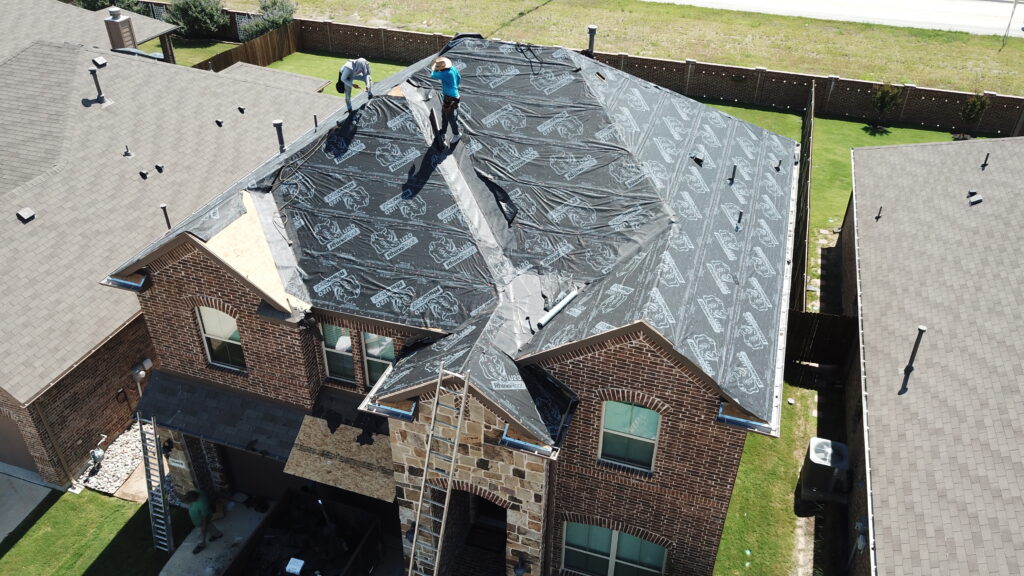Tornadoes, hurricanes, sleet, snow, ice: these are just a few of the things that we can expect in Texas and similar climates. Some days, you don’t know what you’re going to get. As annoying as the everchanging weather is, it can also be dangerous. Your roof undergoes a lot of stress while you’re safe indoors. And, if you aren’t getting your roof inspected often enough, you could be putting the integrity of your entire home at risk.
But, how often should your roof be inspected? And, how are you supposed to know when it’s time for another inspection? If you’re unsure, keep reading. We’re going to reveal everything you need to know about keeping your roof safe in any weather.
How Often Should Roof Be Inspected for Maintenance Purposes?

If nothing significant has happened, you may just need to get a regular maintenance visit for your roof. Just like you need to go to the doctor and the dentist every once in a while, your roof needs a visit from a professional, too.
Your property could not be showing signs of roof damage even if it’s occurring. You never know when a silent issue could turn into a loud one.
So, when it comes to regular maintenance, you should have an inspector look at your roof at least once a year. Although, older structures may need more attention.
To get an exact number for your roof, you should talk with your roof inspector. A trusted professional will give you sound guidance that’ll protect your home without breaking the bank.
Although, spending money once a year on an inspection will always be cheaper than making a larger payment when the roof starts caving in.
What Are Signs That My Roof Needs an Inspection?
If you’ve done your maintenance or you’re concerned about roof damage, you may need to look for a few classic signs that tell you it’s time to call to get your roof inspected
We always suggest that you evaluate your roof after a storm goes through the area. Especially in larger storms, roofs can take the brunt of the force. So, if any obvious damage is going to occur, it’s going to be most obvious after these kinds of storms.
Water Spots
One of the most common signs of roof damage is water spots on the ceiling. These spots may start small and grow over time. But, you should try to catch them while they’re small.
As the leak progresses, you may notice that the spot turns from a yellow color to a brown color over time. You may also notice peeling.
Hopefully, you can get an inspector and a repair team in there before the sheetrock begins to buckle. If that happens, the roof has already started to cave in.
Dripping/Sagging Plywood
Another sign you may notice is dripping or sagging plywood. These dips happen when too much water gets into the wood.
If that water isn’t cleared out, the wood will begin to rot and fall. In other words, the structural integrity of the roof is quickly fading once you see this sign.
Missing Shingles

If you ever notice missing shingles from your roof, this is another sign that you should get an inspector on the phone. You may see them accumulate in your yard or disappear altogether. Either way, you need to get a roof repair as soon as possible to protect the integrity of your home.
Granule Accumulation
Granules are little pieces of the roof that come off over time. Seeing some granules in the gutter trays or in front of downspouts is normal.
However, too many granules accumulating can be a sign of damage to the roof.
These granules protect your roof shingles from becoming damaged from things like sunlight and hail storms. If too many of these granules come off of your roof, your shingles won’t have much protection left.
You should only see excessive granule buildup after heavy storms. Because of winds and precipitation, granules naturally come off of your roof.
However, if you’re seeing these on a regular day, it’s time to give your roof inspector a call. You could have a ventilation problem.
Standing Water
If you notice standing water in various places across your property, this could be a sign that it’s time for a roof inspection. You may notice puddles on your air conditioning units, your water heaters, and the areas near them.
Standing water is a sign that the pipes aren’t sealed properly. Thankfully, a professional roofer can fix these sealant problems and get everything working like new again.
How Often Should Your Roof Be Replaced?
About every two decades, you’ll find that your roof needs more than a simple repair. It may need to be replaced entirely.

However, the exact timeline depends on the kind of shingles that your roof has:
- Roofs with composition shingles should be replaced every 12 to 20 years
- Asphalt shingles on a roof should be replaced every 15 to 30 years
- Roofs with wood shingles should be replaced every 20 to 25 years
If your roof doesn’t have shingles, it may last a little longer:
- Rubber roofs should be replaced every 30 to 50 years
- Metal roofs should be replaced every 50 to 75 years
Roofs without shingles are more common for commercial and agricultural buildings, while roofs with shingles are more common for residential homes. So, you should air on the side of caution and ask your roof inspector what they recommend.
After looking at the current state of your roof, they may be able to give you an estimation of how far out your next replacement will be.
Get the Roof Inspection That You Need
If you haven’t been getting your yearly roof inspections, it’s time to get it done. You never know what kind of problems could be lurking right above you without you knowing.
Even if you aren’t seeing signs of roof damage, there may be things that you can’t see. Even silent symptoms can cause problems down the road.
So, go ahead and contact our team at Triton Roofing & Restoration for an inspection today.

